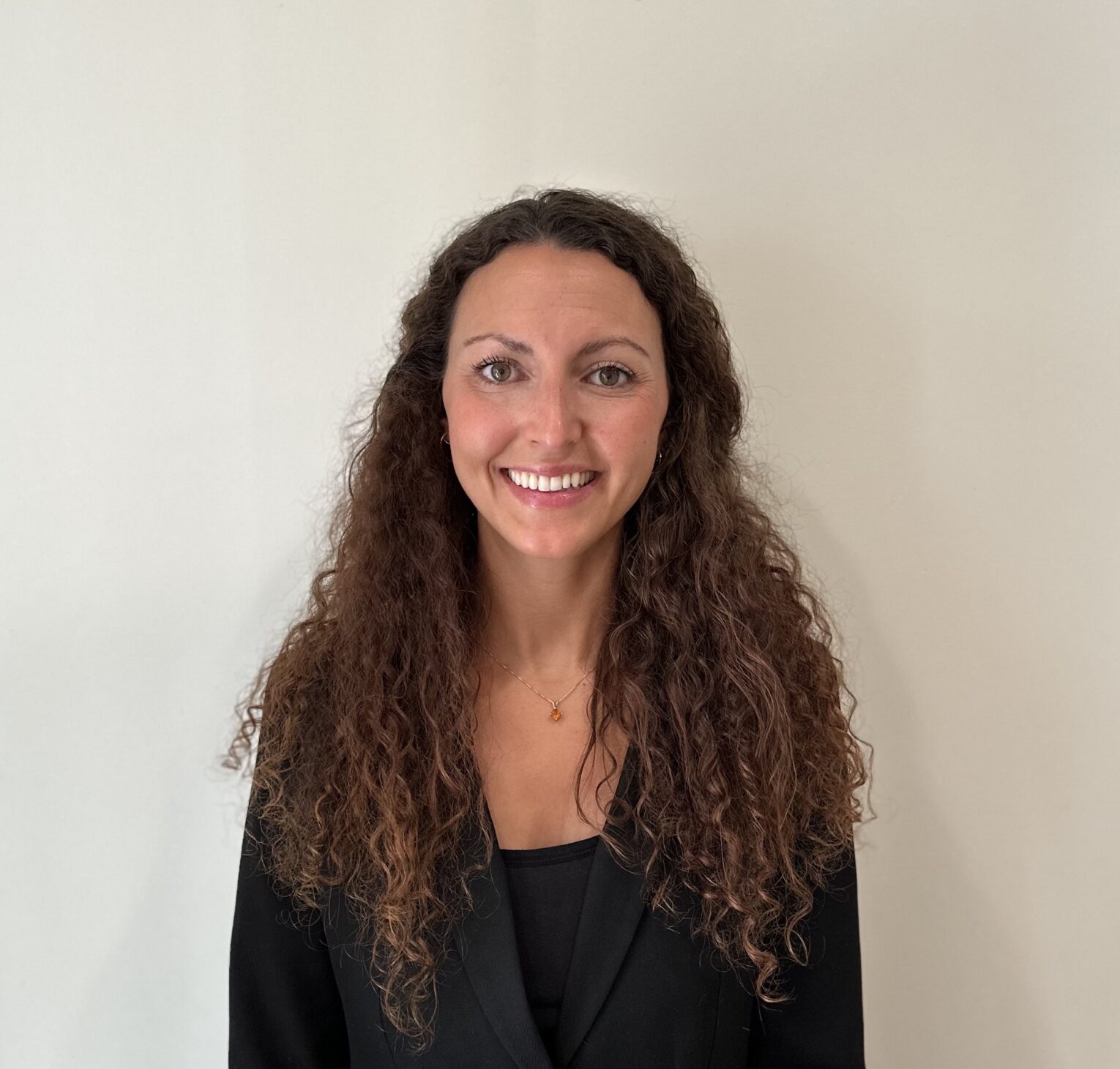Complementary medicine refers to holistic or integrative medicine that is used in conjunction with traditional allopathic or Western medicine, whereas alternative medicine typically refers to holistic medicine which is used in place of Western medicine.
The truth is, complementary, or holistic medicine has made sense to me for as long as I can remember. Whether it was my mom making me chamomile tea to calm my nerves or the renewed sense of peace that I felt after taking a yoga class, I have always felt drawn to holistic practices. Still, it wasn’t until I faced my own health problems that I turned to complementary therapies whole-heartedly. When I went to the doctors complaining of gastrointestinal distress and severe eczema outbreaks, there was not a lot that they recommended, beside topical steroids (which must be used sparingly) and a restrictive, elimination diet. I still remember when the doctor said to me, “It’s really just something you will need to learn to deal with for life.” My heart sank. Determined to find an alternative, I began exploring natural remedies, dietary adjustments, and mind-body practices that could provide relief. This journey led me to herbal medicine, acupuncture, and mindfulness techniques—approaches that not only alleviated my symptoms but also transformed my understanding of health and wellness.
For many people, this is how they discover complementary and alternative therapies, out of a desperation to find solutions where traditional allopathic medicine falls short. Yet, skepticism remains, as many question the safety, efficacy, and scientific basis of these treatments. While some fields of complementary medicine have established regulatory boards to uphold professional standards, much of the burden still falls on patients to sift through conflicting information. The challenge is ensuring that these holistic therapies are both credible and safely integrated into healthcare, and the key lies in rigorous research. Through research, we can better understand the mechanism of action, benefits, and appropriate application of complementary practices.
While there are many avenues of complementary medicine (e.g. traditional Chinese medicine, homeopathy, naturopathy, reiki) I turned to Ayurvedic medicine to help me heal my gut and remedy my inflammatory disorder. After training for two years under the guidance of Dr. Vasant Lad at the Ayurvedic Institute I became a certified Ayurvedic practitioner and grew passionate about practicing Ayurveda within the realm of a traditional Western medicine setting. Inspired by holistic, patient-centered care, I came to Johns Hopkins School of Nursing to attain my master’s degree and become a nurse. Through the Research Honors Program, I was introduced to Dr. Nada Lukkahatai, a nurse researcher specializing in complementary and holistic studies. Her work explores not only the clinical application of therapies like auricular acupressure but also the underlying mechanisms driving physiologic change. By engaging with her research on personalized symptom management in patients with chronic conditions, I deepened my understanding of how complementary therapies influence biological pathways and ultimately improve symptoms. I am currently working with her research team to examine the effectiveness of auricular point acupressure on insomnia. It is through this experience that I have gained a deeper appreciation for the time, effort, and devotion which is required to develop high quality research to understand the implications of nonpharmacologic interventions.
Still, where does this all fit into our current healthcare system in the United States? While some complementary therapies show promise, the research evidence supporting their effectiveness remains limited and often inconclusive. This raises a critical question: what role do nurses play in navigating this uncertainty while ensuring patient safety and promoting wellness? As advocates for patient-centered care, nurses are uniquely positioned to guide patients in making informed decisions about complementary therapies. Their role extends beyond symptom management to critically evaluating emerging evidence, educating patients on potential benefits and risks, and fostering interdisciplinary collaboration. Nonpharmacologic interventions such as positioning, hot and cold therapies, and deep breathing are already within their scope of practice, but integrating complementary practices requires greater exploration. The challenge now is determining how nurses can contribute to advancing research, ensuring safe application, and advocating for responsible integration of complementary medicine within healthcare.
Read more
About the Author
Giulia Castelli is an MSN student at Johns Hopkins School of Nursing with a background in Ayurveda. Her clinical interests bridge Eastern and Western approaches, with experience in nonpharmacologic birth support and ongoing research with Dr. Nada Lukkahatai on the effects of auricular point acupressure on sleep quality in patients with chronic pain. Committed to integrative, evidence-based, and patient-centered care, she brings a unique perspective that honors both traditional healing therapies and modern clinical science.

